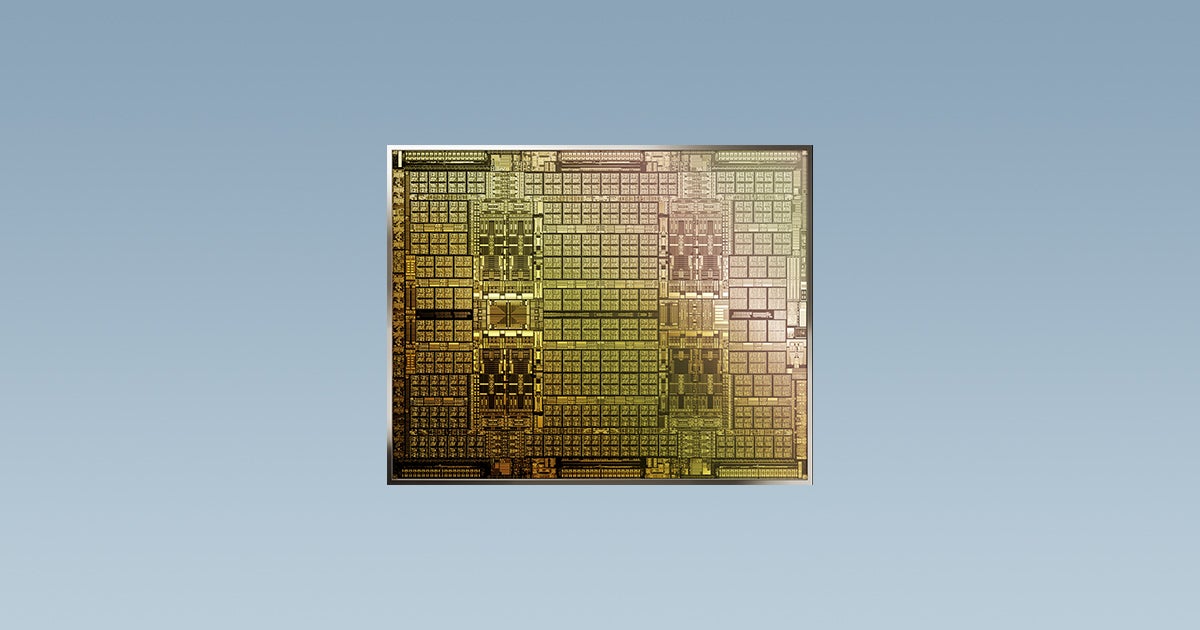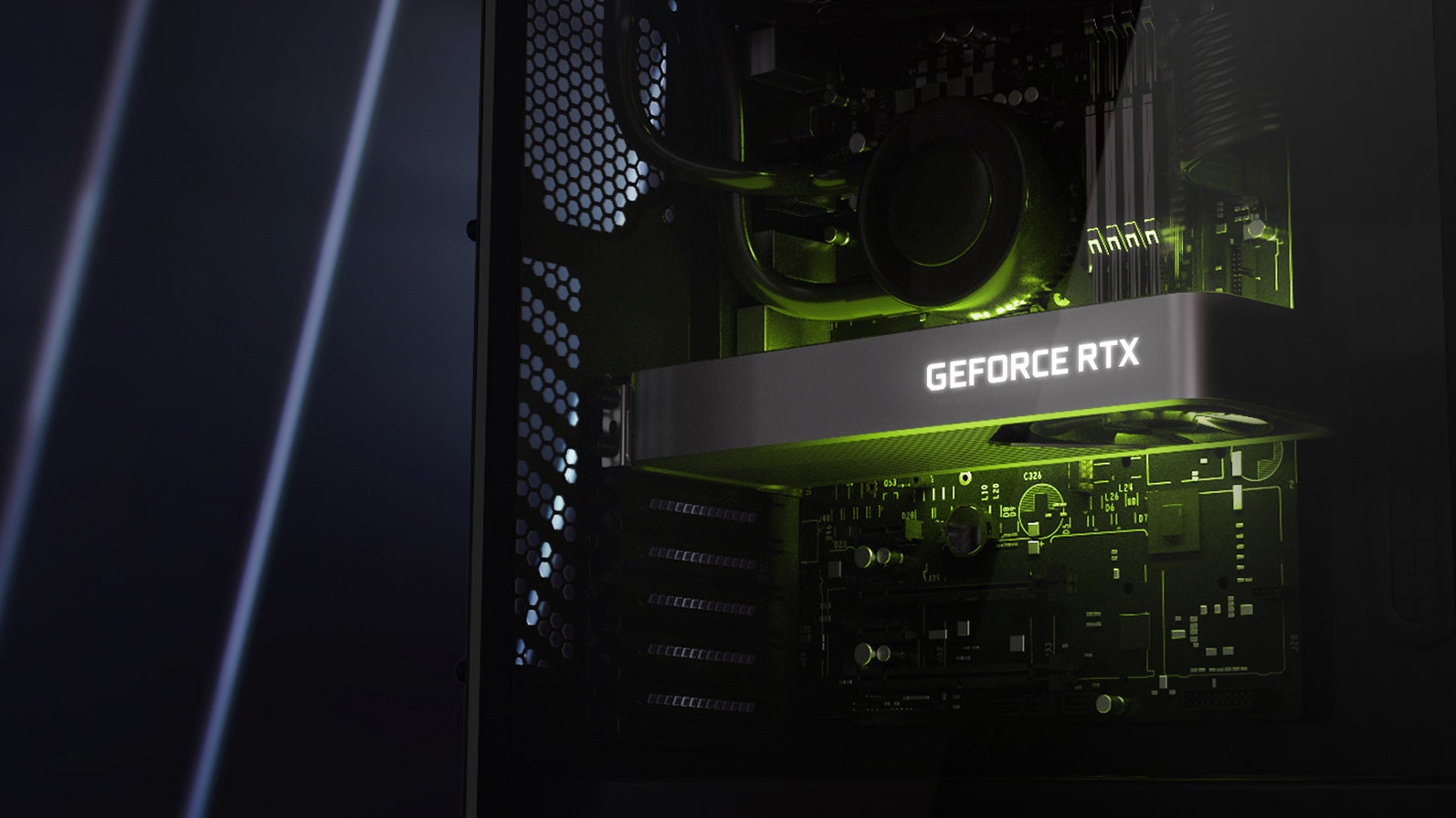So here’s the rub: the RTX 3060’s performance will be artificially limited when performing cryptocurrency mining, with Nvidia stating that the card will limit its hash rate by approximately 50 per cent. That should make the RTX 3060 far less efficient at mining and a much poorer value for miners, thereby reducing a stiff source of competition that ordinary consumers face for each graphics card sold. Instead, miners are being encouraged to buy new speciality mining cards that Nvidia is also announcing today, which won’t face the restriction. The new range is called ‘CMP’, which stands for ‘Cryptocurrency Mining Processors’, with cards to be available from Nvidia and its partners - including Asus, Colorful, EVGA, Gigabyte, MSI and Palit. The CMP cards ‘don’t do graphics’, so expect a smaller form factor that’s easier to cram into a crowded tower, lower power consumption and no video-out options. There are four models in the range so far: the 30HX, 40HX, 50HX and 90X, with the first pair available this spring and the latter in the summer. Nvidia claims in their blog post that the mining GPUs are essentially GeForce rejects, which aren’t able to ‘meet the specifications required of a GeForce GPU’, so theoretically this shouldn’t reduce the number of RTX 30-series cards that the company is able to manufacture. However, we’ll have to wait and see as to whether the mining restriction and the CMP cards actually improve RTX 3060 availability. While the announcement is relatively detailed, some questions remain. For example, it’s not clear whether the RTX 3060’s restrictions affect all cryptocurrency mining, as Nvidia mention only Ethereum by name. This is one of the most profitable currencies available, but there are plenty of other options out there, such as Dogecoin, that have seen recent price spikes that could make them worthwhile targets for miners considering the 3060 as a platform. Some scientific and engineering workloads could also resemble cryptocurrency mining, so it’ll be interesting to see if Nvidia is able to avoid any false positives once the RTX 3060 is available to consumers later this month. It’s also not specified whether similar restrictions will be present on future Nvidia graphics cards, or indeed whether we see a similar mining penalty brought to any previously released RTX 30-series GPUs. I’d argue that the former seems more likely than the latter, but these remain open questions. It’ll be fascinating to see how the news is taken by the broader community - and whether it actually works out as planned. If this move is able to improve the absolutely ridiculous GPU market, where currently even mid-range cards are being sold for hundreds of pounds over their recommended retail price, then Nvidia will deserve plaudits. For the first indications, we’ll have to wait until February 25th when the new cards arrive - and hopefully we’ll have some coverage of how well the RTX 3060 performs in games too!

